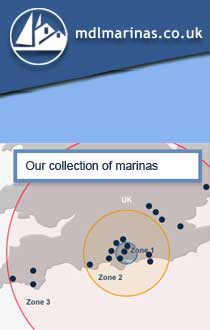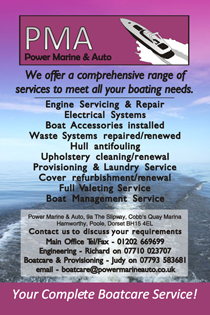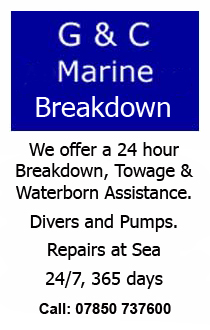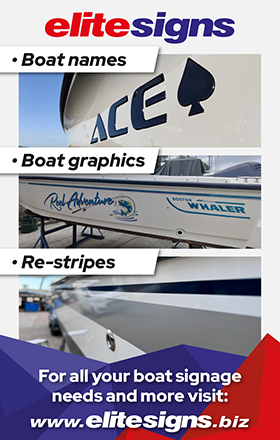Planning a Voyage
Commonly known as Passage Planning, production of a plan before setting out on a cruise has been a mandatory SOLAS requirement for some years.
A passage plan should ensure you have considered all the necessary elements for your intended cruise and at times of high stress, a prepared passage plan can assist greatly in making the right decision on a course of action.
Caught in a rough sea with one engine failed, it may not be easy to get out the charts and almanac and plot a safe course to a tidal port, or look up which coastguard station to call.
Over the past ten years we have managed situations on organised cruises to Weymouth, Bembridge, Cherbourg and others, when fog or mechanical failure have been encountered, so these things do happen.
In order to further promote safety at sea, for vessels joining any CQBHA cruise this year, the production of a passage plan will be mandatory prior to departure.
We are frequently asked “what does a passage plan look like?”, and in order to assist members unfamiliar with the requirements, we are providing some templates and worked examples here for information purposes.
CQBHA STRESS THAT ANY PLANS GIVEN ON THIS PAGE ARE FOR ILLUSTRATION PURPOSES ONLY AND SHOULD NOT BE USED FOR ACTUAL NAVIGATION UNDER ANY CIRCUMSTANCES.
Full SOLAS requirements for pleasure craft can be found [here].
—————————————————————————————–
SOLAS excerpt
SOLAS VOYAGE PLANNING REQUIREMENTS
Regulation V/34 ‘Safe Navigation and avoidance of dangerous situations’, is a new regulation. It concerns prior-planning for your boating trip, more commonly known as voyage or passage planning. Voyage planning is basically common sense. As a pleasure boat user, you should particularly take into account the following points when planning a boating trip:
-
Weather: before you go boating, check the weather forecast and get regular updates if you are planning to be out for any length of time.
-
Tides: check the tidal predictions for your trip and ensure that they fit with what you are planning to do.
-
Limitations of the vessel: consider whether your boat is up to the proposed trip and that you have sufficient safety equipment and stores with you.
-
Crew: take into account the experience and physical ability of your crew. Crews suffering from cold, tiredness and seasickness won’t be able to do their job properly and could even result in an overburdened skipper.
-
Navigational dangers: make sure you are familiar with any navigational dangers you may encounter during your boating trip. This generally means checking an up to date chart and a current pilot book or almanac.
-
Contingency plan: always have a contingency plan should anything go wrong. Before you go, consider bolt holes and places where you can take refuge should conditions deteriorate or if you suffer an incident or injury. Bear in mind that your GPS set is vulnerable and could fail at the most inconvenient time. It is sensible and good practice to make sure you are not over-reliant on your GPS set and that you can navigate yourself to safety without it should it fail you.
-
Information ashore: make sure that someone ashore knows your plans and knows what to do should they become concerned for your well being. The Coastguard Voluntary Safety Identification Scheme (commonly known as CG66) is also free and easy to join. The scheme aims to help the Coastguard to help you quickly should you get into trouble while boating. It could save your life.
—————————————————————————————–
WHERE DO I GET THE INFORMATION TO PREPARE A PASSAGE PLAN?
We recommend that members who are inexperienced with the pre-preparation required, should undertake training which will qualify for the International Certificate of Competence (ICC). Details of these courses can be found [here].




